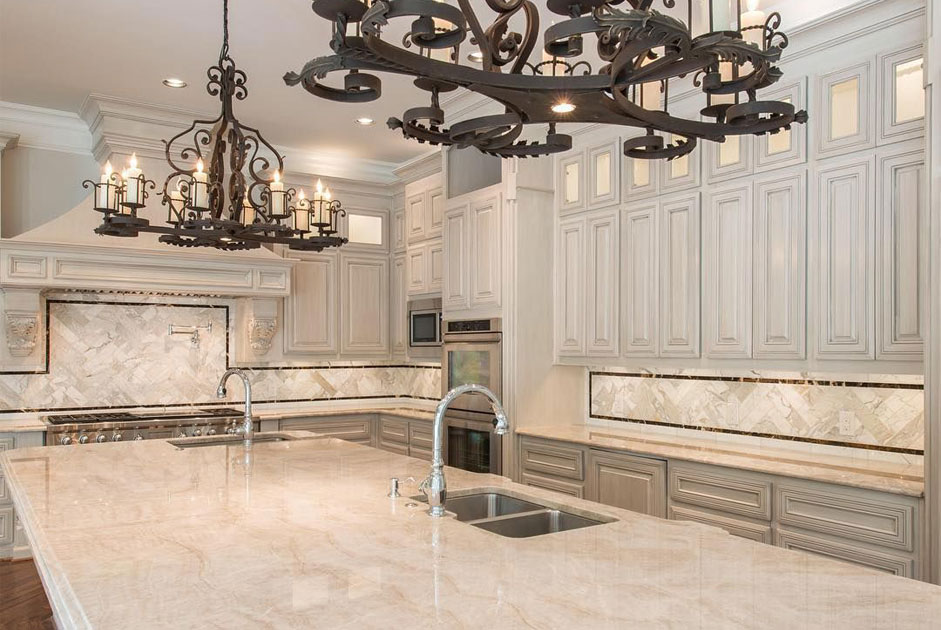With our fingers crossed, most of us extend daily appreciation to our microwaves, ranges, refrigerators, and other appliances surviving without substantial repair costs, or even failing. The high expense of replacing each unit is never convenient; yet, the monthly and annual savings can be significant!
Large Appliances
Technology extends to appliances, too. Refrigerators have accommodating options, from crisper drawers to glass windows and cameras. Phone apps and “memo” options help shoppers reduce over-spending while having access to the grocery list with one touch of a button!
Non-energy-efficient appliances are hungry for energy. Each energy-star-rated appliance in your home adds to the overall savings.
Tip: Upgrading appliances should include preparing for the unexpected event—power outages. The comfort of your family is worth upgrading to a gas range, and may lead you to consider to a gas fireplace, dryer, or tankless water heater.
Tip: Holidays are a prime time to purchase large appliances. Discounts in buying multiple units, as well as the option for rebates are available. Homeowners also should access their utility service provider to learn whether rebates apply to energy-star certified purchases.
HVAC Systems
Homes that have a 15- to 20-year-old HVAC system are no longer efficient by today’s standards. Technology improves units each year with innovative solutions, including options for solar and geothermal power. Today’s shoppers can find “smart thermostats,” remotely connected to apps through a smartphone. Just imagine regulating heating and cooling to specific rooms, or before you wake up or arrive home from work. Through sensors created from ductwork dampers, rooms with minimal traffic can receive less energy until needed.
Professionals will gladly assess your home to suggest the right unit for your living space. Sometimes homeowners do not realize their HVAC system was improperly sized, and this results in excessively high monthly bills. With a new energy-efficient system, the savings can range from 20 to 50%
Ceiling Fans
Paddling air to circulate the room is more than just a summer requirement, ceiling fans are a necessary tool year-round. Costing cents per day to power, fans encourage an even distribution of air throughout your home and trigger the air conditioning or heating unit to shut off. Do you have a hot kitchen situated to receive southern light—consider adding a ceiling fan! This is an easy solution to ease the comfort of food preparers and dining experiences.
Tankless Water Heater
Many homeowners who own a traditional bulky storage tank can transition to a tankless unit offering water on demand. The compact unit, occupying a fourth of the space, uses high-powered gas or electric burners to heat water before channeling to a faucet. While set-up and installation of a tankless unit require a professional, homeowners can depend on a 20-year life expectancy and 34% savings, while adding value to the home.
Upgrade Plumbing Fixtures
Investing in modernized faucets, showerheads, and handles in popular choices, such as brushed nickel, bronze, and antiqued copper, adds instant aesthetics and value to the home. When perusing the vast selection of environmental-friendly options, consider the following information:
- A low-flow aerator is a small device that attaches to the head of the faucet. It can adjust the flow of water without impacting the pressure. Consider buying “low-flow” faucets and showerheads. The environmental impact will be to save four gallons per minute, offer less strain on the water heater, and save families approximately $145 in electric power and $90 in gas annually.
- Toilets before 1992 used roughly four to seven gallons of water with each flush. The term “Energy Star” identifies energy-efficient appliances, while “Water Sense” is a label indicating the appliance meets water-saving criteria. The new high-efficiency toilets move waste by water velocity, while using 1.28 gallons per flush. A family of four saves roughly 15,000 gallons and $120 per year.
Tip: Identify a leak by adding one drop of food coloring to your toilet’s tank. Wait ten minutes to determine if the dye arrives at the bowl. To fix this problem, replace the flapper.
Energy efficiency begins with certified fixtures, heaters, and appliances. The saving continues in our lifestyles, such as choosing to run laundry and dishwasher loads at full capacity, and turning off the faucet when brushing teeth. Think about the aspects of not using power, perhaps by adding a clothesline to your yard or porch, or making laundry soap. Every green effort is a movement toward a cleaner environment!



















